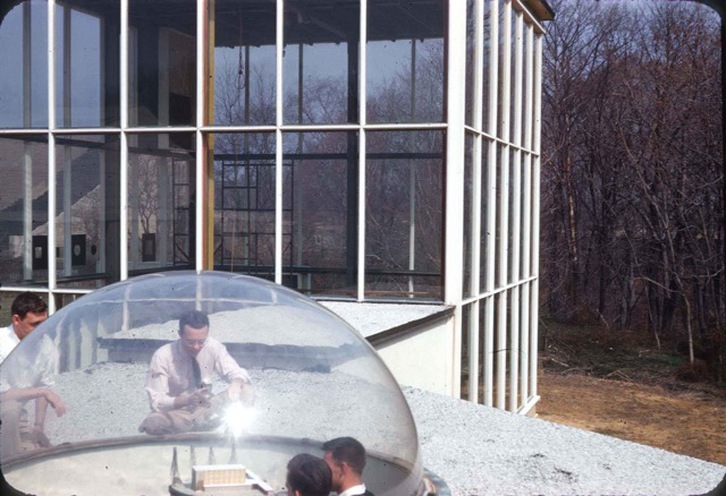|
Architects have long had an interest in the relationship of their design interventions to surrounding climatic conditions. Concerns over site, orientation to the sun, and the relationship of materials to heat and humidity are all embedded in vernacular design traditions, and have been essential to the provision of human shelter for centuries. With the emergence of modern architectural techniques beginning in the 19th century, the relationship of a building to its climate, and the figuration of this relationship, underwent significant transformation.
Climatic Effects documents and analyzes the robust and dynamic discourse around climate that developed as part of architecture’s modernization, and became the focus of many practices and pedagogies in the 1950s. The post-war years saw extensive experimentation in how architectural practices could project buildings with a more precise relationship to their surrounding ecological conditions – in the efficiency of production, in the use of solar power, and, the primary subject of this project, in the alignment of the form, orientation, and materials of a building to its climate. As part of these new methods, forms of representation were developed that sought to clarify the possible social, material, and economic relationships that could result. It was through these images, as much as through the buildings that were constructed, that design methods encouraged new ideas about how to live. The drawings, diagrams, and photographs produced in this methodological discourse, quasi-technical in nature, led to novel parameters for how architecture could operate in the social milieu, and also encouraged design professionals to consider new criteria for their designs.
12 Comments
|
Archives
August 2021
Categories |


 RSS Feed
RSS Feed